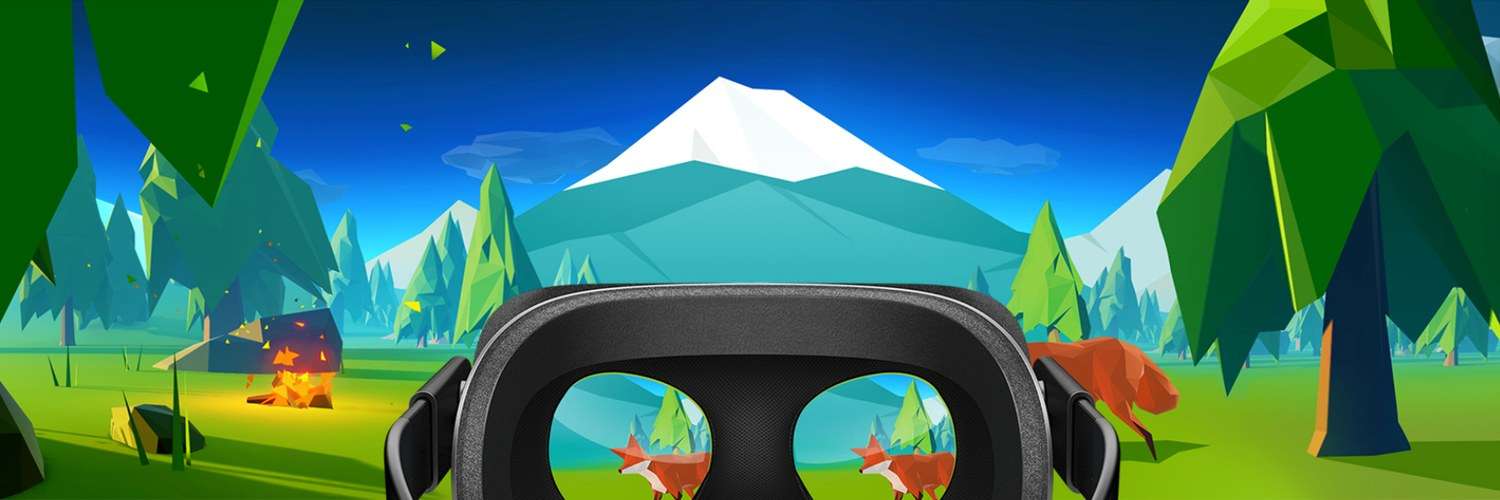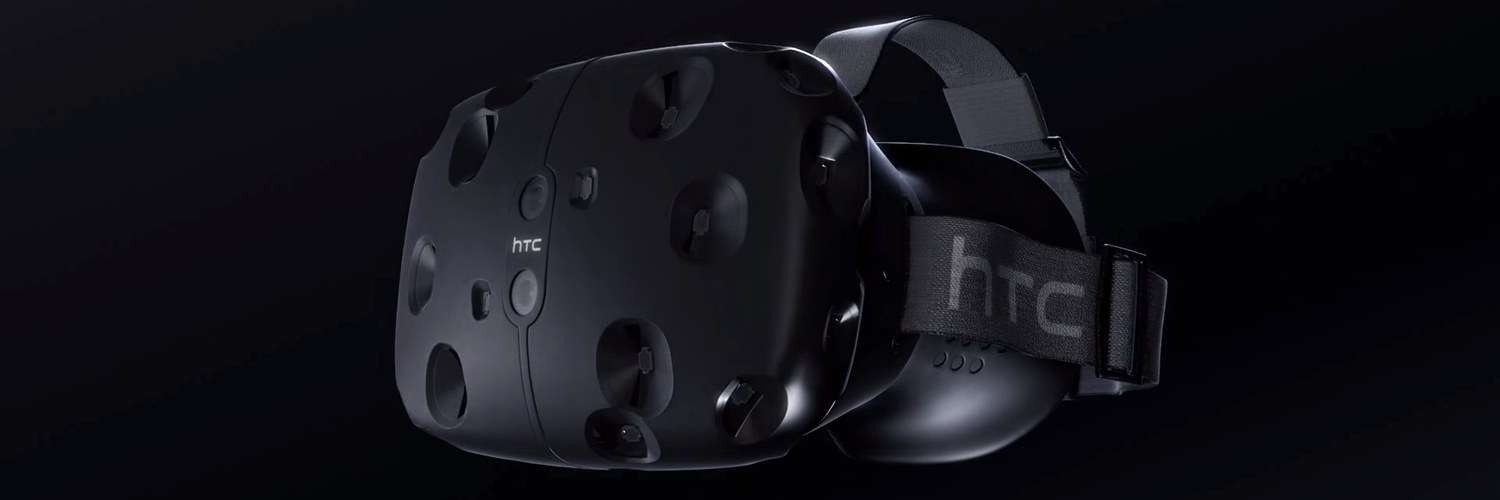
Get Ready For the World of Virtual Reality: A Headset Comparison
This fall, high end virtual reality headsets will begin making their way into the consumer market. No one is as excited about the prospect of entering another world as the collective community of gamers. In fact, most of the devices have been developed with the gaming community in mind, including early support for existing software and mind blowing game demos at E3 this year.
Here are five of the top competitors and how they maximize gameplay.
Microsoft HoloLens

Microsoft’s alternative entry into the field isn’t truly virtual reality, but what developers are calling AR, or augmented reality. The user’s actual environment is supplemented with hologram-like graphics for the player to interact with. The HoloLens features a 120 degree field of vision and its own processor, meaning it won’t need to be connected to a computer or gaming system, and an early Minecraft demo shows how users can play the hugely popular construction game in their own living room.
Oculus Rift

Microsoft’s headset uses 360 degree head tracking LEDs – similar to the hardware used on its award winning Kinect – to map the player’s location in the environment. The Oculus Rift also features dual 1080×600 OLED screens, a 110 degree viewing angle, and a 90 Hz refresh rate. The device will pair exclusively with Windows 10 and includes a wireless XBox One controller, but the big selling point here for gamers is the Oculus Touch, a motion and pressure sensitive glove-like controller that allows players to interact seamlessly with objects in the digital world. The most eagerly anticipated titles are a VR version of the smash hit Minecraft and the fantasy adventure Chronos.
Project Morpheus

Sony’s VR headset is being developed for use exclusively with the Playstation 4. While this may seem like a drawback to some, keep in mind that Sony already has hardware in place to supplement the experience, including handheld motion controllers and the PS camera to provide full body tracking. The specs on the headset are impressive, boasting dual OLED screens with 1920×1080 resolution, a 120 Hz refresh rate and a 100 degree viewing angle. With the help of high-speed internet connection, like Google Fiber, FiOS or GigaPower, to minimize any disruptions or lag, the 3D positional audio engine will make multiplayer shooters like EVE: Valkyrie and War Thunder a uniquely intense experience.
Sulon Cortex

Like the HoloLens, the Cortex creates an augmented reality using sensors on headset that map your environment in real time, and will probably not need to be tethered to a gaming system, allowing the user full freedom of movement. Early reviews suggest that the Cortex is one of the more stylish and comfortable headsets coming to market, and unlike the HoloLens, the Cortex completely transforms your environment with new surface textures and lighting.
HTC Vive

Smartphone manufacturer HTC is developing a high end virtual reality headset, the Vive, that uses wall sensors to track the player’s movement in their space for a fully immersive 3D experience. The dual screens have 1080 x 1200 resolution and the system will use a pair of handheld controllers to interact with the environment. Early demo Tilt Brush allows players to create art in lush landscapes, and Aperture allows experimentation, construction, and puzzle gameplay in a futuristic world with cheeky robots.
As with any new technology, VR won’t be perfected until it gets some feedback from the consumer market, but the prospect of exciting and immersive virtual reality gameplay is just around the corner. With so many innovative developers brainstorming exciting new interfaces and designs, gamers will have an incredible selection of amazing experiences to choose from.